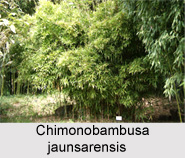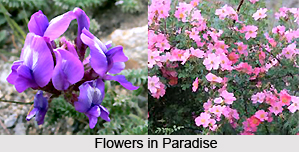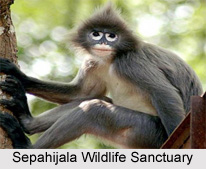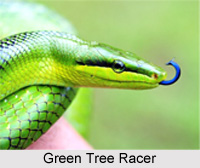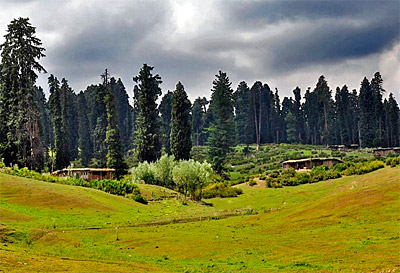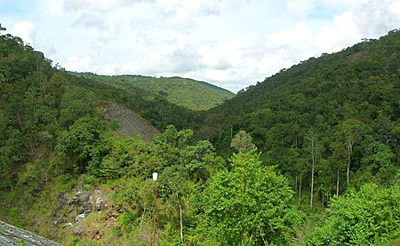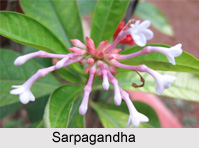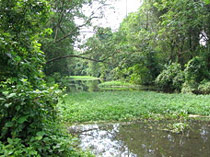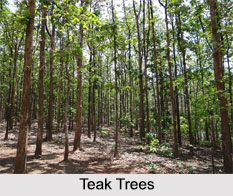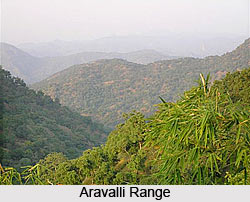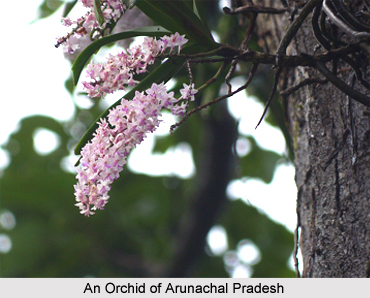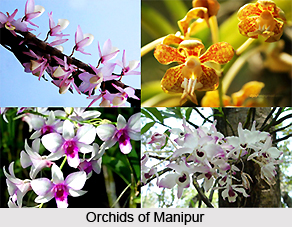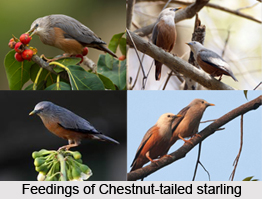 Chestnut-Tailed Starling or Grey-Headed Myna is an Indian bird that bears a scientific name "Sturnia malabarica" falls in the family of perching birds. Chestnut-Tailed Starling is concentrated in the Malabar Coastal Range, Nilgiri Mountain Range, Western Ghat Mountain Range in India and some parts of Eastern Ghats Mountain Range in India.
Chestnut-Tailed Starling or Grey-Headed Myna is an Indian bird that bears a scientific name "Sturnia malabarica" falls in the family of perching birds. Chestnut-Tailed Starling is concentrated in the Malabar Coastal Range, Nilgiri Mountain Range, Western Ghat Mountain Range in India and some parts of Eastern Ghats Mountain Range in India.
Category of Chestnut-Tailed Starling
Chestnut-Tailed Starling is a member of the starling family of perching birds.
Habitat of Chestnut-Tailed Starling
Chestnut-Tailed Starling is a resident or partially migratory species found in wooded habitats in India and Southeast Asia. The species name is after the distribution of a former subspecies in the Malabar region. This resident population has a white head and is often treated as a full species, the Malabar starling (Sturnia blythii).
Classes of Chestnut-Tailed Starling
There are two subspecies of the Chestnut-Tailed Starling. They are S. M. Malabarica in North-eastern India, Nepal, Bhutan, Bangladesh and north-western Burma and S. Malabarica Nemoricola: Southern China (incl. Taiwan), Burma, Thailand, Laos, Vietnam and Cambodia. Both the nominate subspecies and Nemoricola are known to perform some poorly understood movements (e.g. S. M. Malabarica has been recorded from Pakistan and in central and southern part of Indian states like Tamil Nadu, Karnataka, Kerala and Bengaluru).
Structure of Chestnut-Tailed Starling
Chestnut-Tailed Starling has a total length of approximately 20 cm (7.9 in). They have Grey Upperparts and Blackish Remiges, but the colour of the remaining plumage depend on the subspecies. In the nominate subspecies and blythii, the under parts (incl. undertail) are rufous, but in nemoricola the under parts are whitish tinged rufous (especially on flanks and crissum). The nominate and nemoricola have a light grey head with whitish streaking (especially on crown and collar region). Both subspecies have white irides and a yellow bill with a pale blue base. The sexes are similar, but juveniles have whitish under parts and just chestnut tips to the tail feathers.
Nests of Chestnut-Tailed Starling
The nest of Chestnut-Tailed Starling is typically found in open woodland and cultivation. The chestnut-Tailed Starling builds a nest in hole. The normal clutch is 3-5 eggs. Like most starlings, the Chestnut-Tailed Starling is fairly omnivorous, eating fruit, nectar and insects. They fly in tight flocks and often rapidly change directions with great synchrony.
